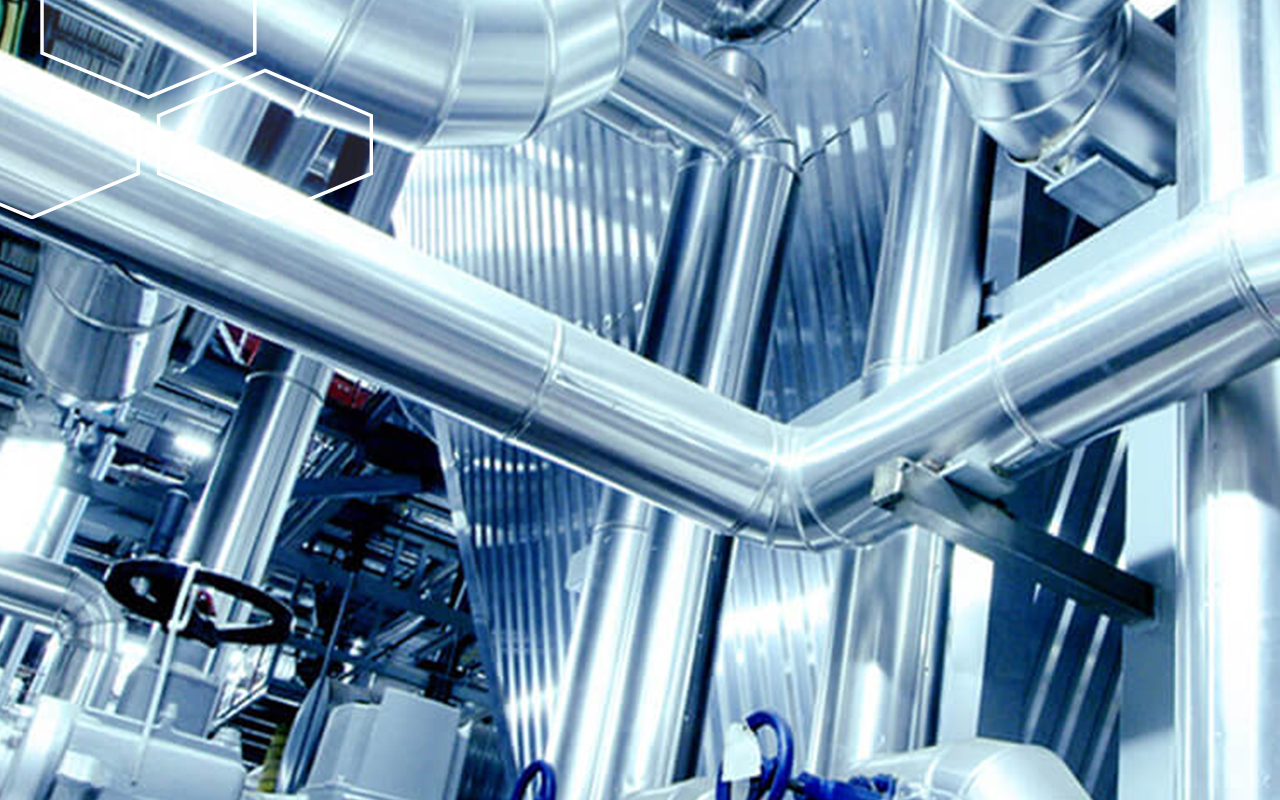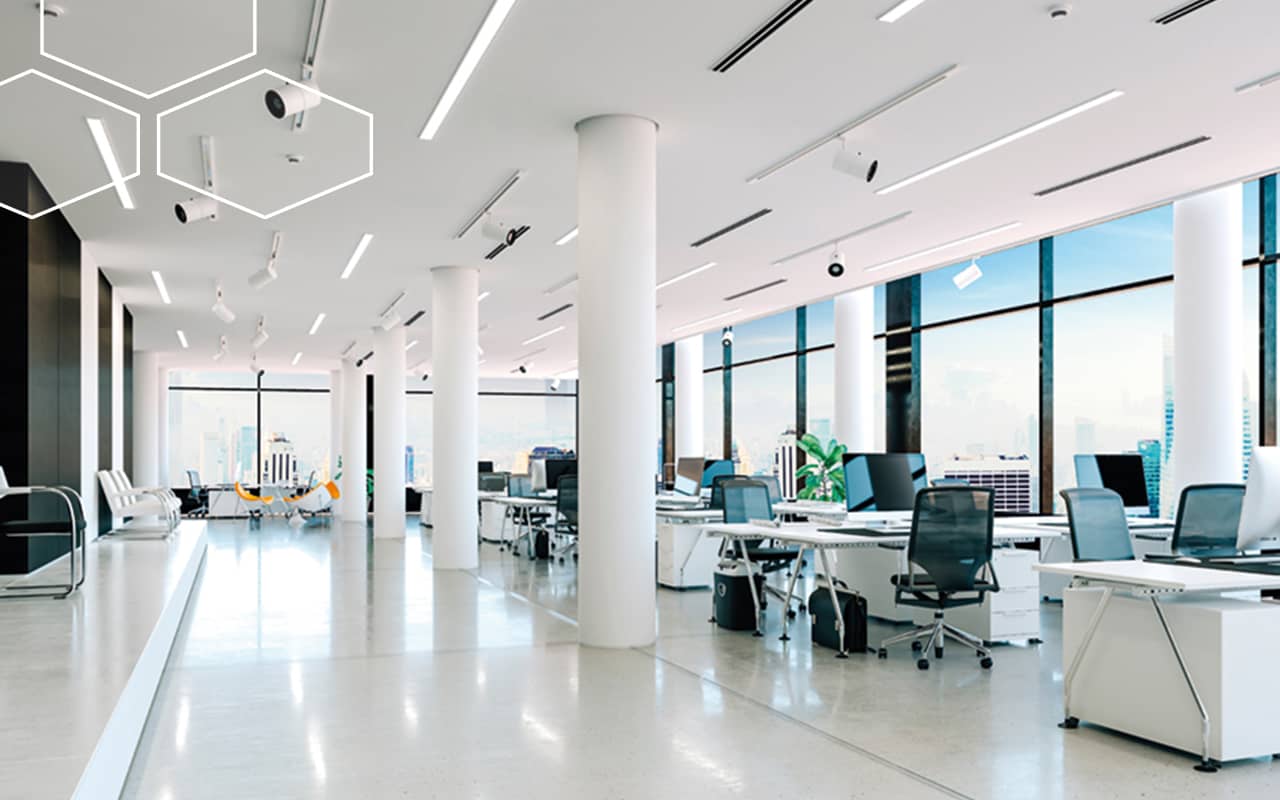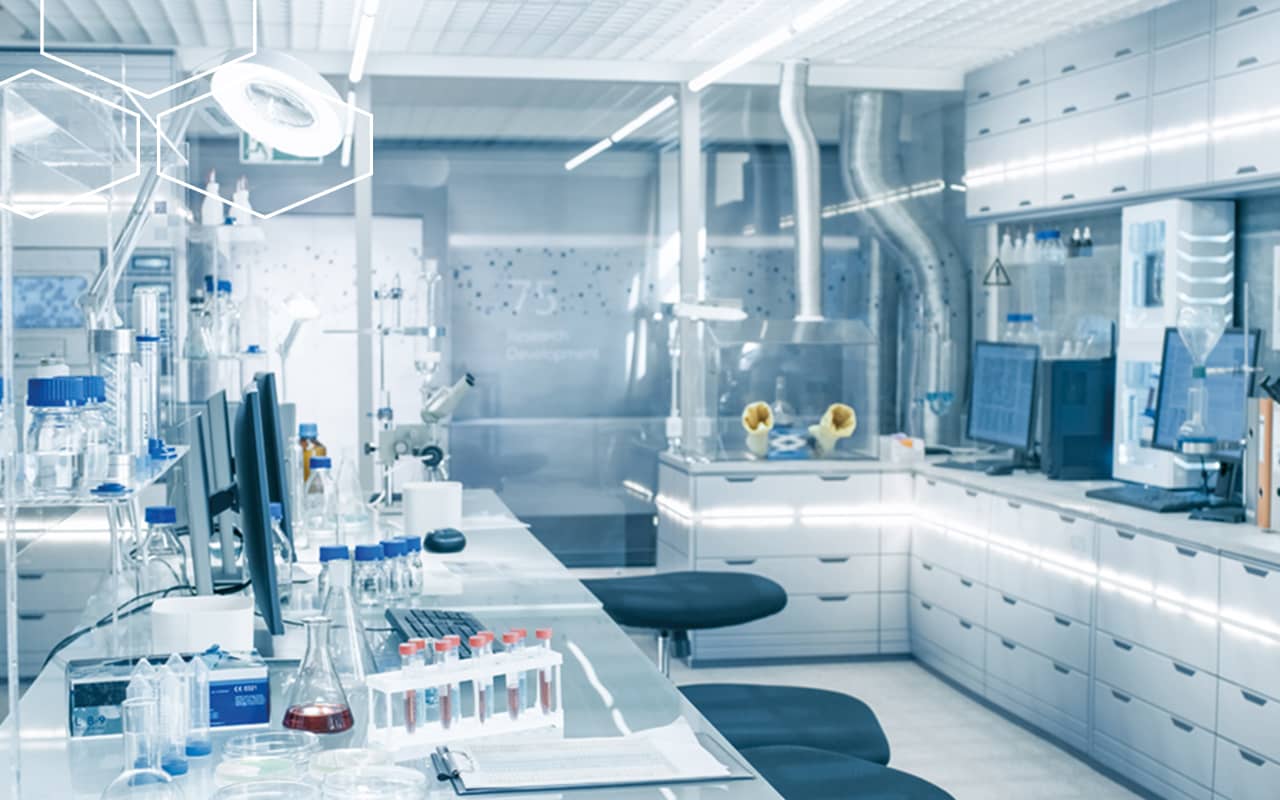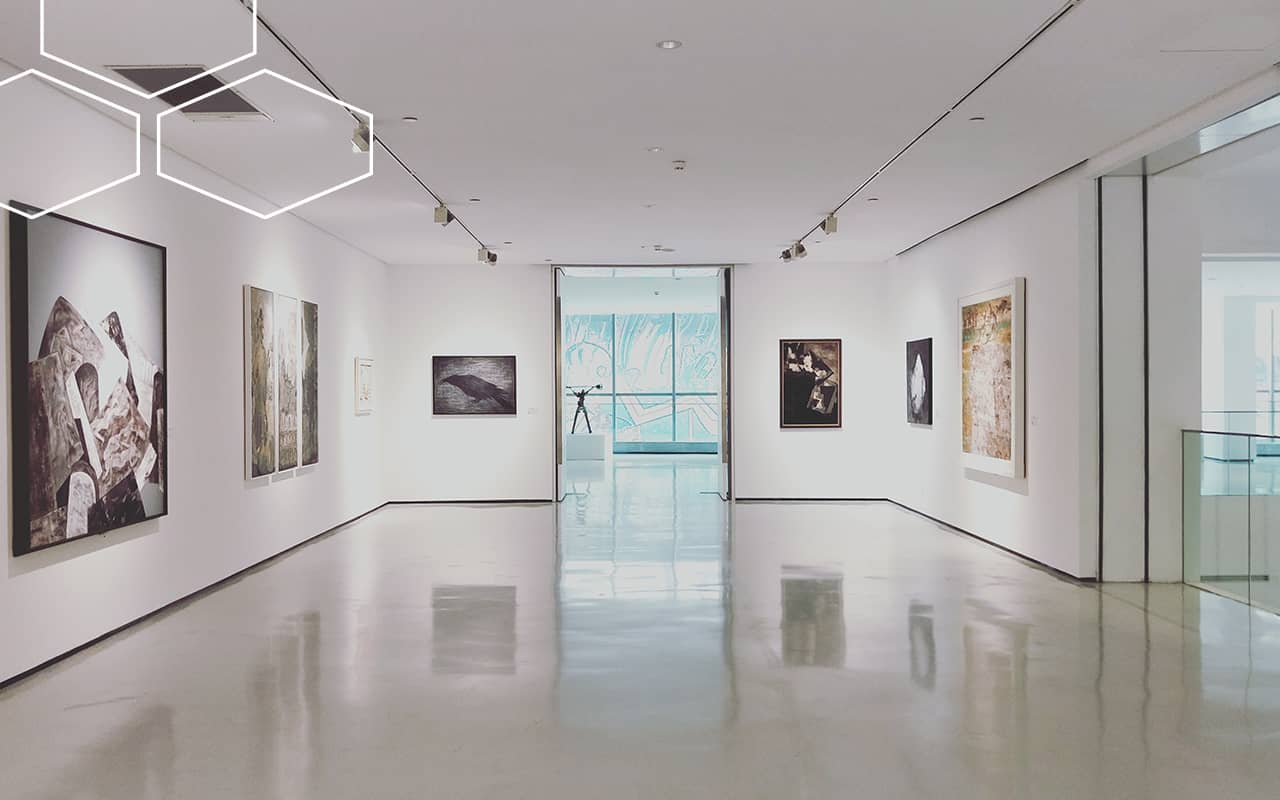Hygienic ventilation for hospitals and medical practices – safe air, tested processes
In hospitals, every particle count counts. Our energy-efficient hygiene devices ensure defined air conditions in operating rooms, intensive care units, and reprocessing areas – as Blue Line Hy with variable-speed drives, patented flap systems, and proven cleanability. Maintenance sections are located outside the hygiene areas; operating data is logged and remotely managed via DDC management.
What sets our hygiene solutions apart
Safe airflow. Supply air, exhaust air, and pressure stages are routed to protect sensitive areas.
Cleanability & Materials. Smooth, corrosion-resistant surfaces, good accessibility, and defined slopes ensure effective cleaning.
Filter Concepts. Pre-filters, fine filters, and (where required) H-filters – tailored to the room class and process.
Efficiency & Operation. Speed-controlled drives, heat recovery, and demand-based humidification/cooling ensure stable performance with low operating costs.
Verification & Certifications. Hygiene documentation, acceptance protocols, and equipment/material records – transparent and auditable.
Typical applications
Operating rooms and induction rooms, intensive care units, AEMP/CSA and sterile goods, isolation and airlock areas, examination and treatment rooms, laboratory and practice environments.
Devices & Modules (Examples)
Blue Line Hy (hygiene version). Hygienic air handling unit with high cleanability, suitable filters and efficient control – for operating rooms to general care.
Weiterlesen
Filters and hygiene components. Staged design and sealing concepts suitable for room class and process, pressure monitoring (Δp) included.
Weiterlesen
Certificates and documentation. Overview of relevant certificates and documents for planning, operation and acceptance.
Weiterlesen
Operation & Monitoring
We integrate your system with building management systems (e.g., BACnet/Modbus). Operating data (m³/h, kWh, Δp, humidity, temperatures) are recorded – for clear alarms, maintenance windows, and documentation. Remote monitoring is available upon request.
This is how a hygiene project works.
1. On-site inspection: Rooms, processes, room classifications, space, and accessibility.
2. Design and equipment: Airflow, filter stages, humidification/cooling, drives, controls, and documentation.
3. Acceptance and handover: Measurements, reports, training, and cleaning plan – ready for routine operation.
FAQ
Hygiene air handling units create defined air conditions in medical areas – efficient, cleanable and with suitable filters.
For a hygienic design with high cleanability, clear filter structure and efficient control – for operating rooms, intensive care and practice areas.
Supply/exhaust air sections, filter stages, heat recovery, cooling/humidification, speed-controlled drives, measurement and control technology, documentation.
They maintain precise flow rates and pressure levels – with lower energy consumption and quieter operation.
Through accessible sections, smooth surfaces, clear drainage/inspection points and documented cleaning routes.
Data makes quality visible: It justifies maintenance, reduces downtime, and facilitates audits. Remote management enables rapid intervention.
Quiet, reliable operation, suitable filter and pressure concepts, clean airflow and easy maintenance.
Project examples: Hygiene

HEPA Tower 400 in practice Gründing/Pancratz
Clean air in the waiting room of the medical practice Dr.-med. Gründing and Dr.-med. Pancratz in Friesoythe.

Mainkofen District Hospital
In the Mainkofer District Hospital, various specialist departments are united under one roof. This overlapping cooperation is the reason for the…

Helios Vogtland Hospital
Helios Vogtland-Klinikum Plauen with its 18 clinics treats its patients at a high level. Due to the close cooperation and diversity of subjects,…

Marienhospital Bottrop
The Marienhospital is a more than 140-year-old Catholic hospital in the heart of Bottrop. The new ventilation unit for the intensive care unit comes…






